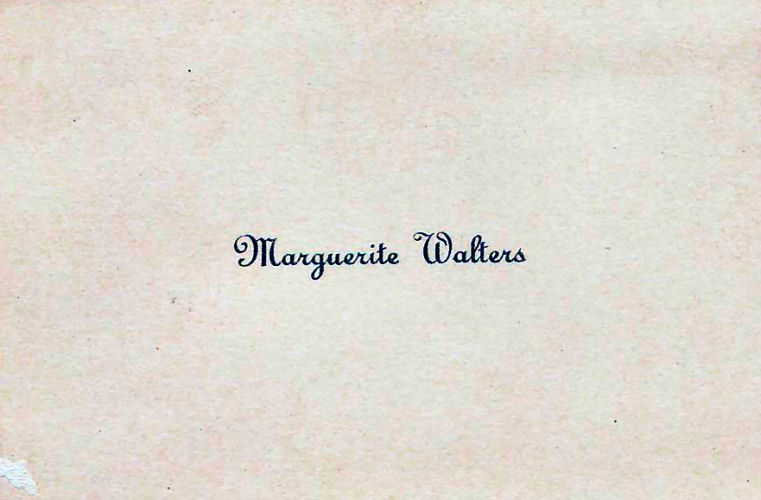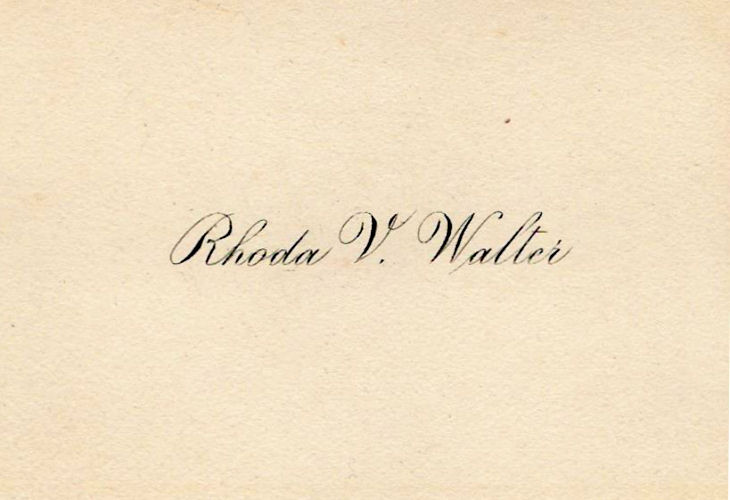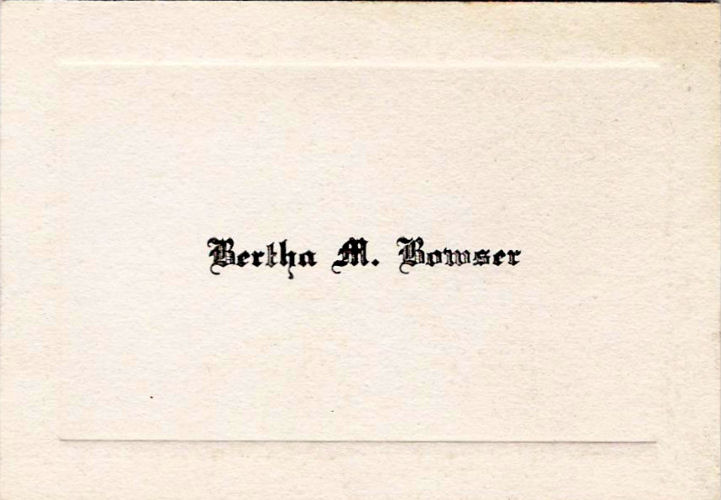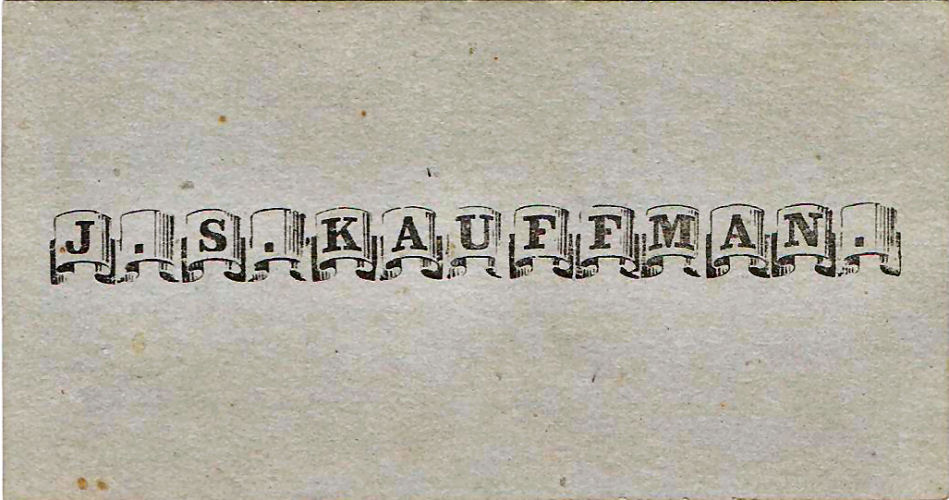

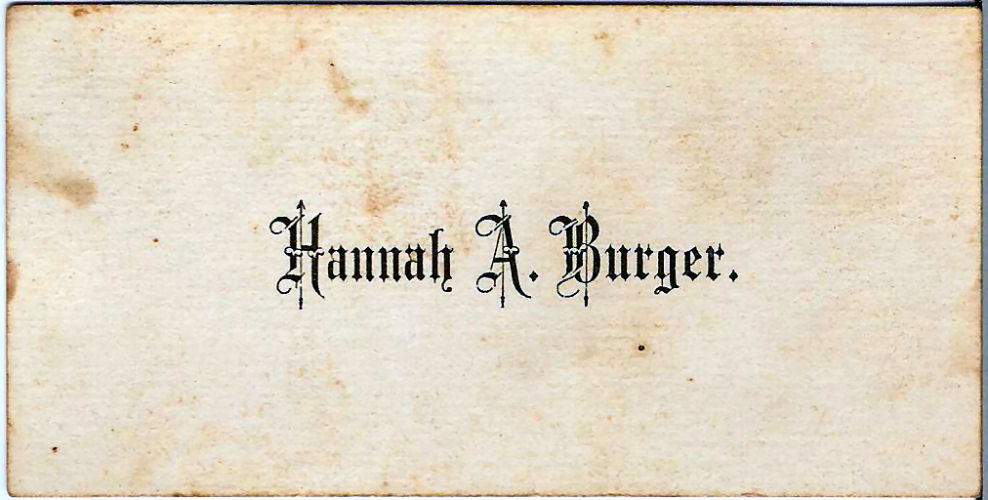
| Similar to the present-day business card, calling cards were printed on heavy card stock and were generally under two inches by four inches. A common size was one and one-half by three inches. Initially, calling cards were white, with the person's name printed in black ink. The name might be printed in a standard font, such as Times New Roman, but in italics for effect, or it might be fancied up by employing a script font. As shown in the examples illustrating this post, sometimes the initial letters were printed in a different, more elaborate font for emphasis. Some individuals wanted more extravagant cards, and to that end they paid the printer extra to fill the empty space around their names with images of flower bouquets, animals or the card owner's own likeness. It is claimed by some sources that calling cards came into general use in China as early as the Fifteenth Century. Within two hundred years, they were in vogue throughout Europe. The cards were quite popular in Great Britain and the United States of America from the Georgian to the Victorian eras. Despite eventually becoming popular with the middle and lower classes, as anything in vogue tends to do, the calling card's use, originally, was confined to the aristocratic level of society. It was not just from a desire for exclusivity; the etiquette of the calling cards required that there be servants to make them function properly. A person who wished to visit the home of another would present his card to the maid or doorman of the intended party, and then either wait there, or return home to wait, for a response. The gentleman's address might be written on the back of the card if the lady he wished to visit was not already an acquaintance. If given an approval, by the receipt of the other party's card, the intended visitor would present himself at her door once again, and he would then be admitted. Oh, and I wasn't being sexist a sentence or two ago when I stated that a "gentleman" would present "his" card... In polite society, a woman did not make such a bold move, unless she wanted to be labeled a 'tart' or something worse. The ritual was only completed if and when the lady instructed her servant to hand-carry one of her own cards to the gentleman. If she failed to do this, or mailed his own card back to him in an envelope via the postal service, it was a sign to him that she did not wish to have his company. The cards exhibited on this page are simple name cards. The one exception being the last one, in which the letters of the name are printed to appear as if on the folds of a ribbon. |
